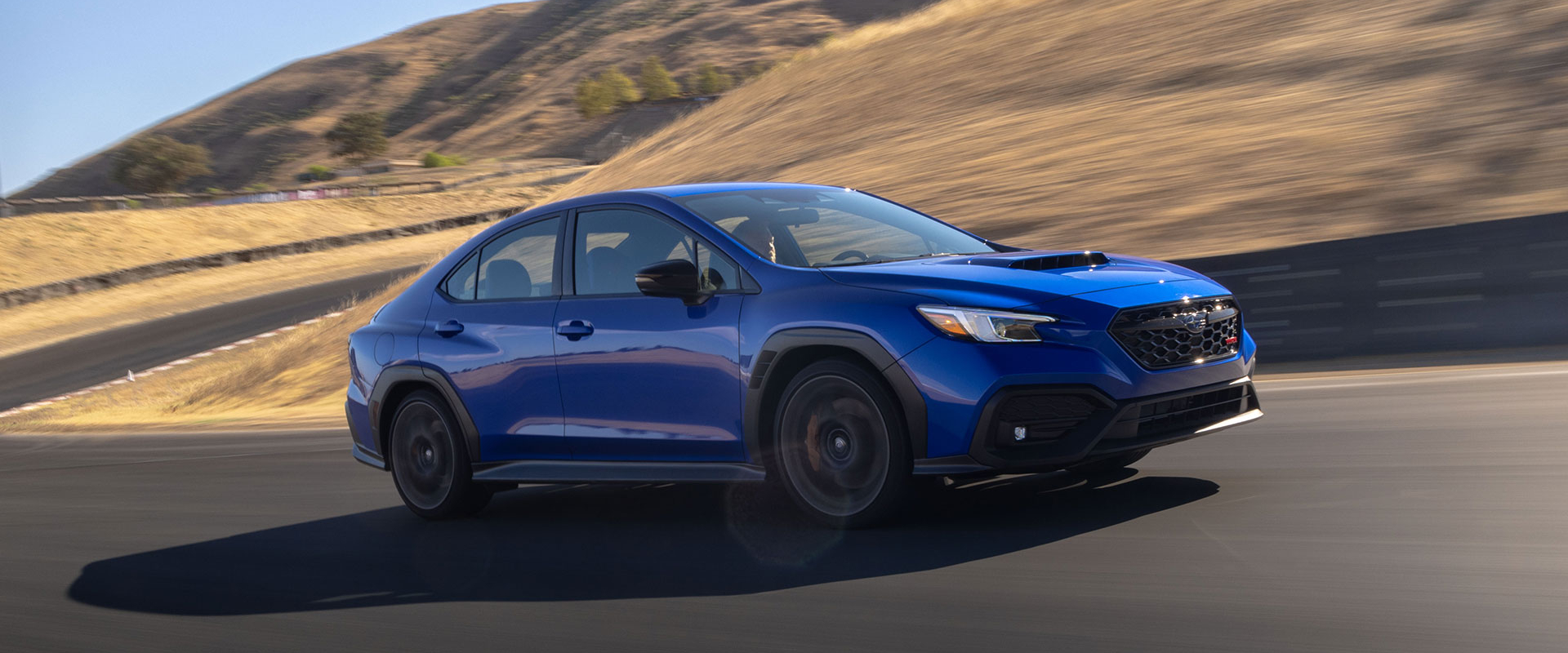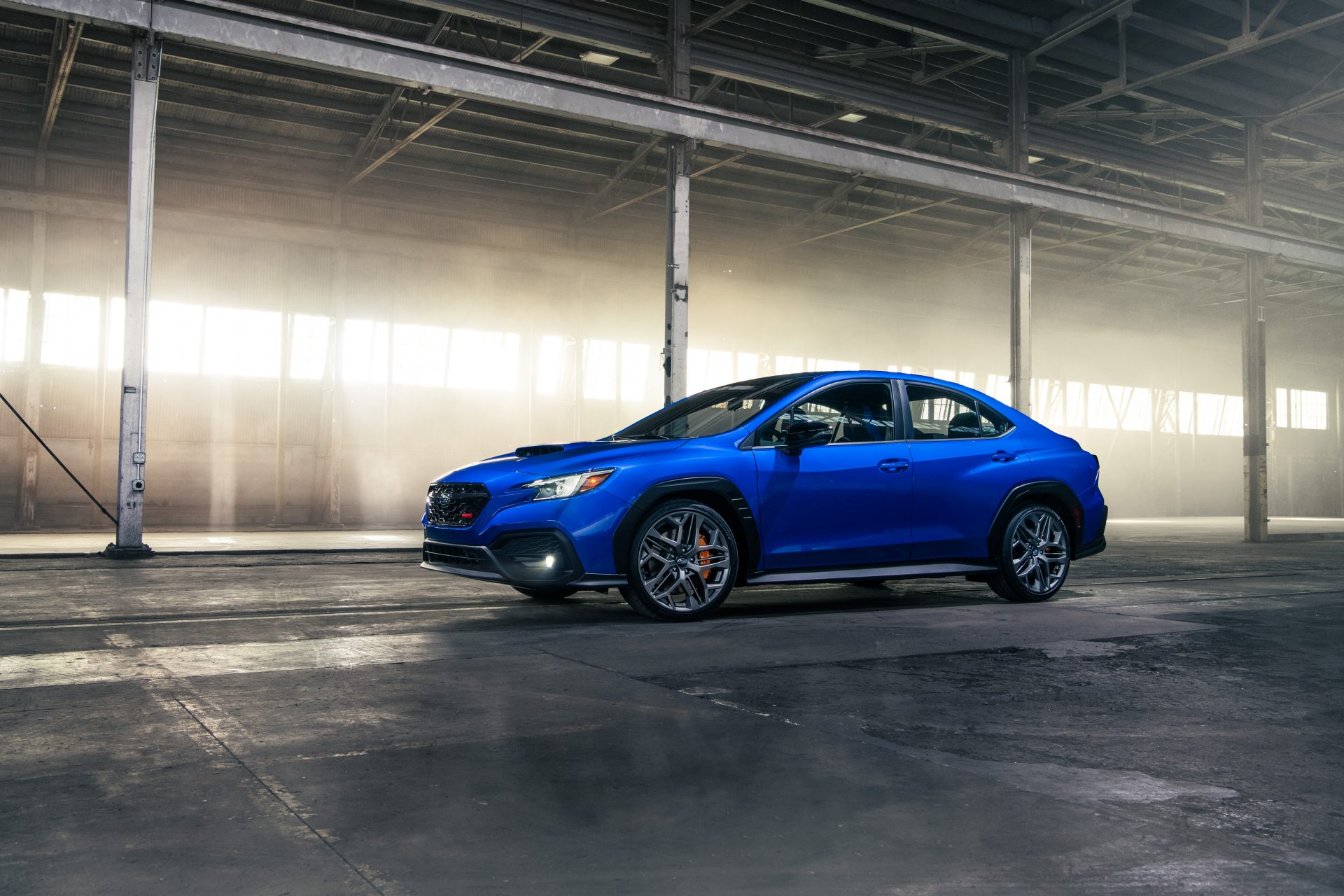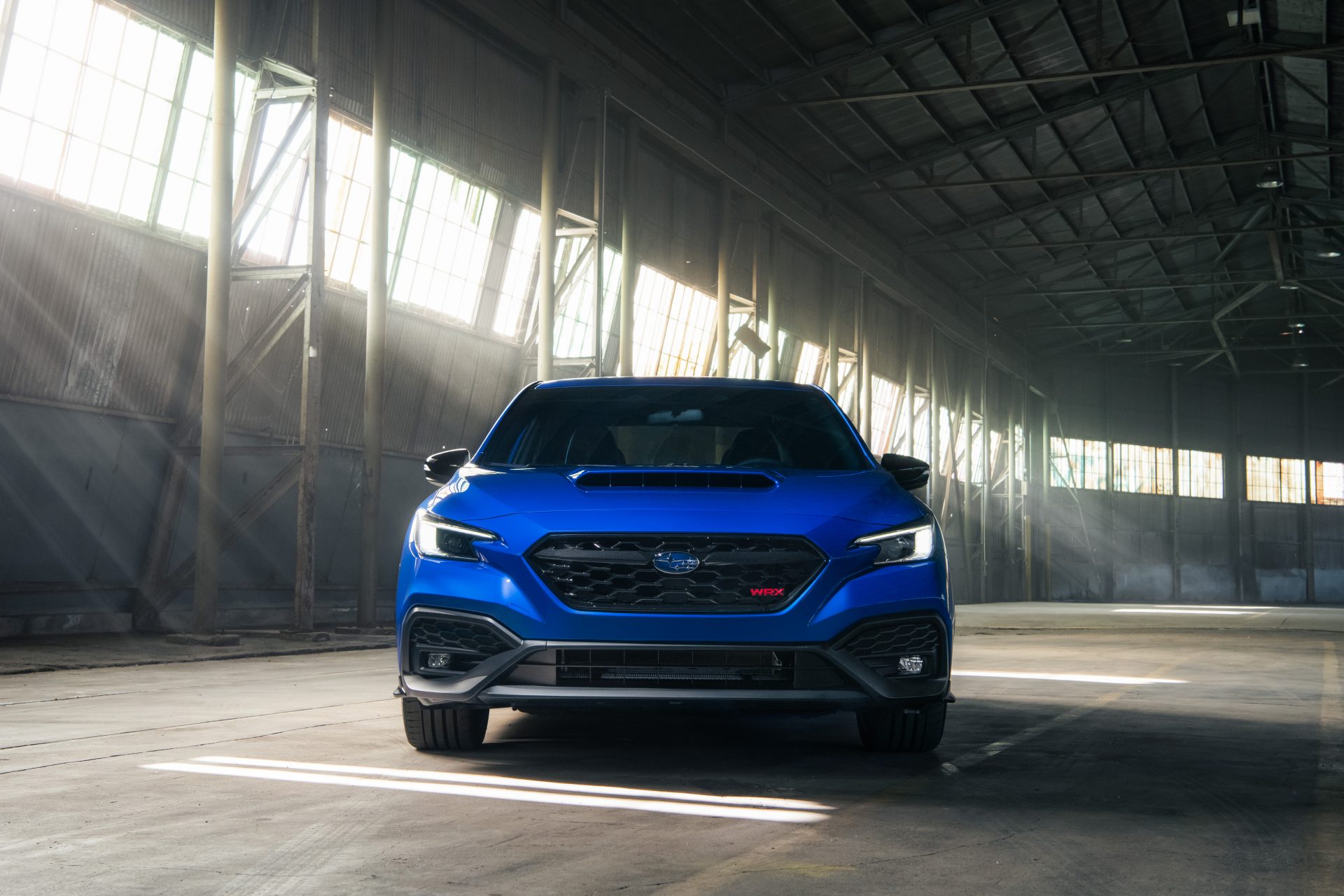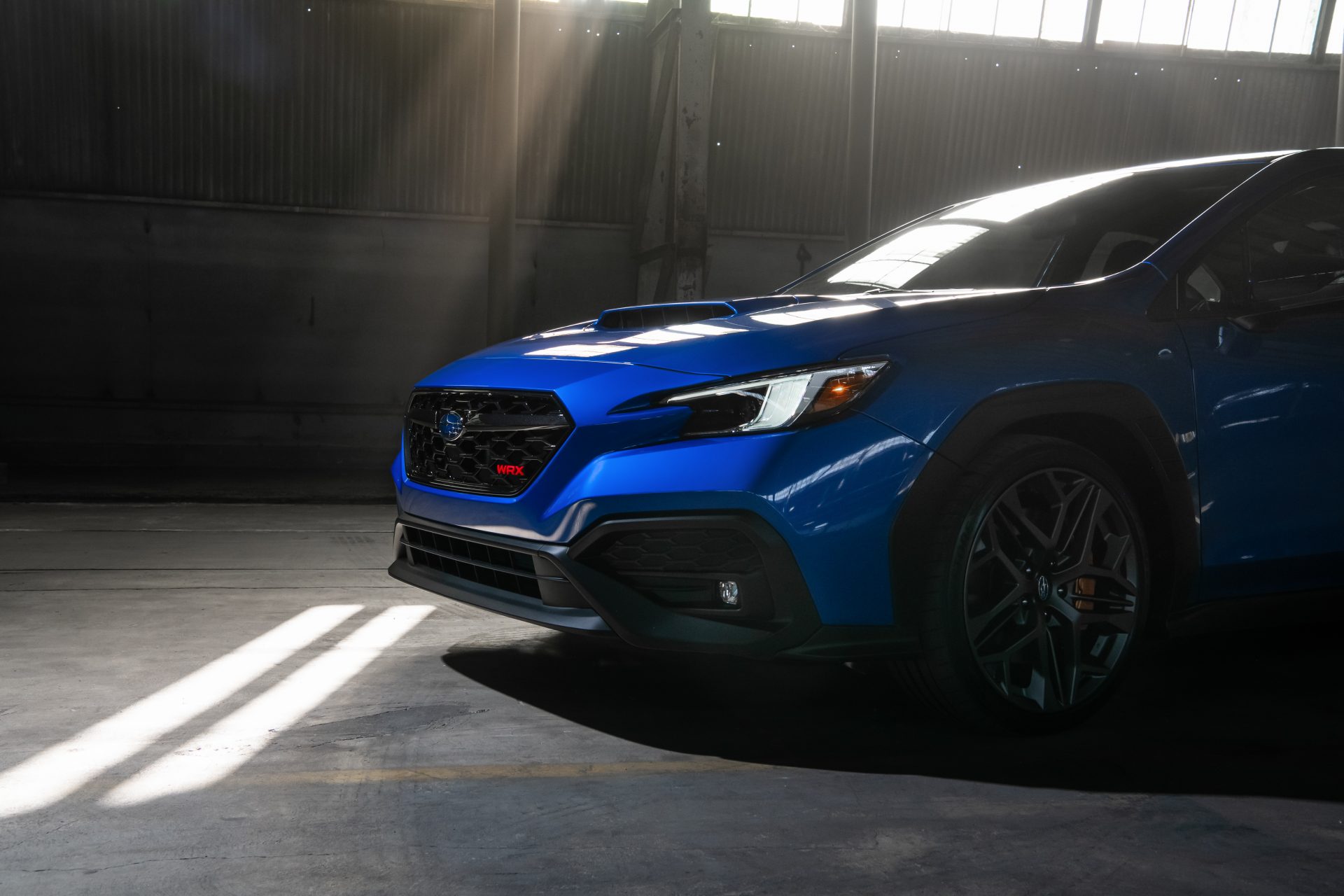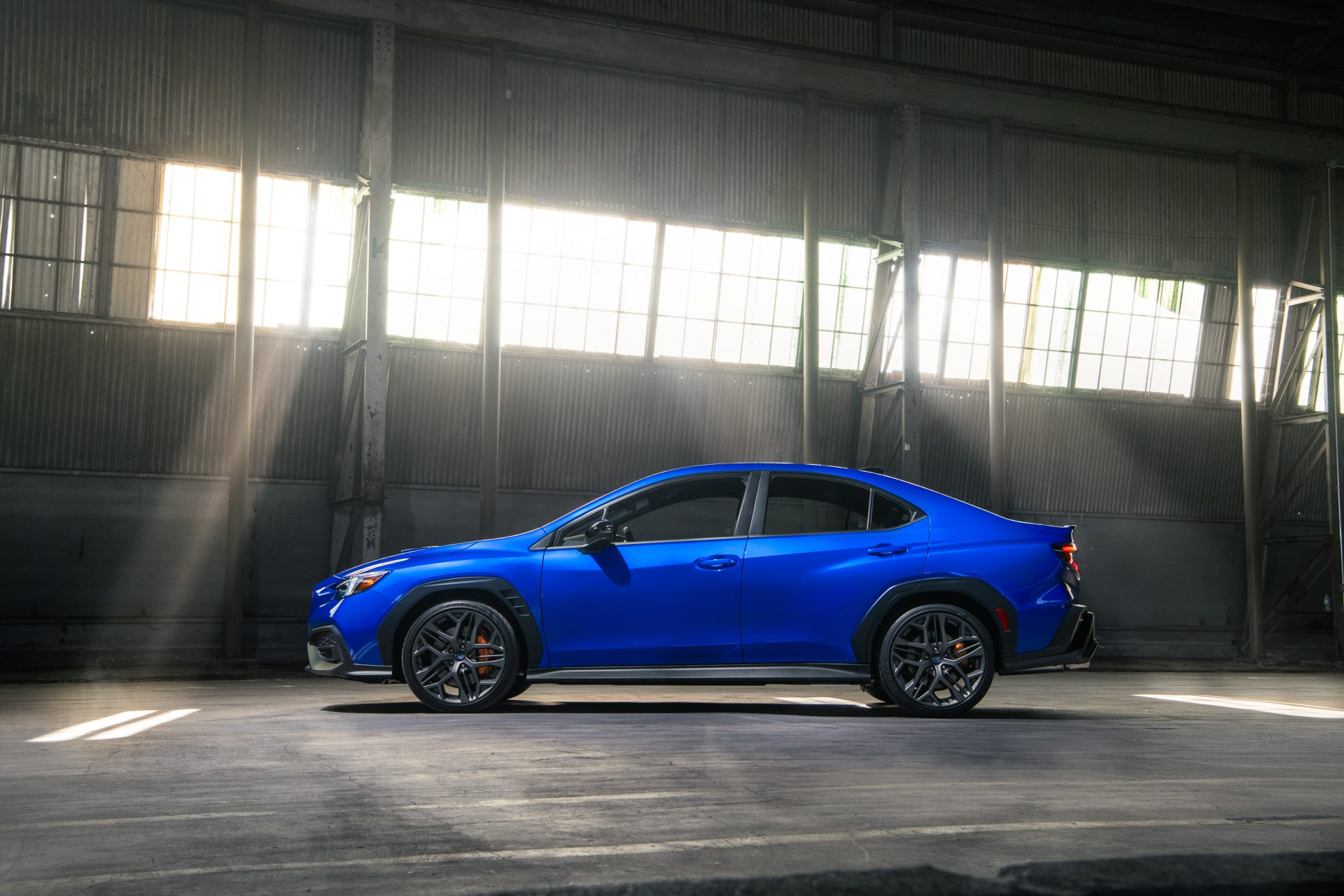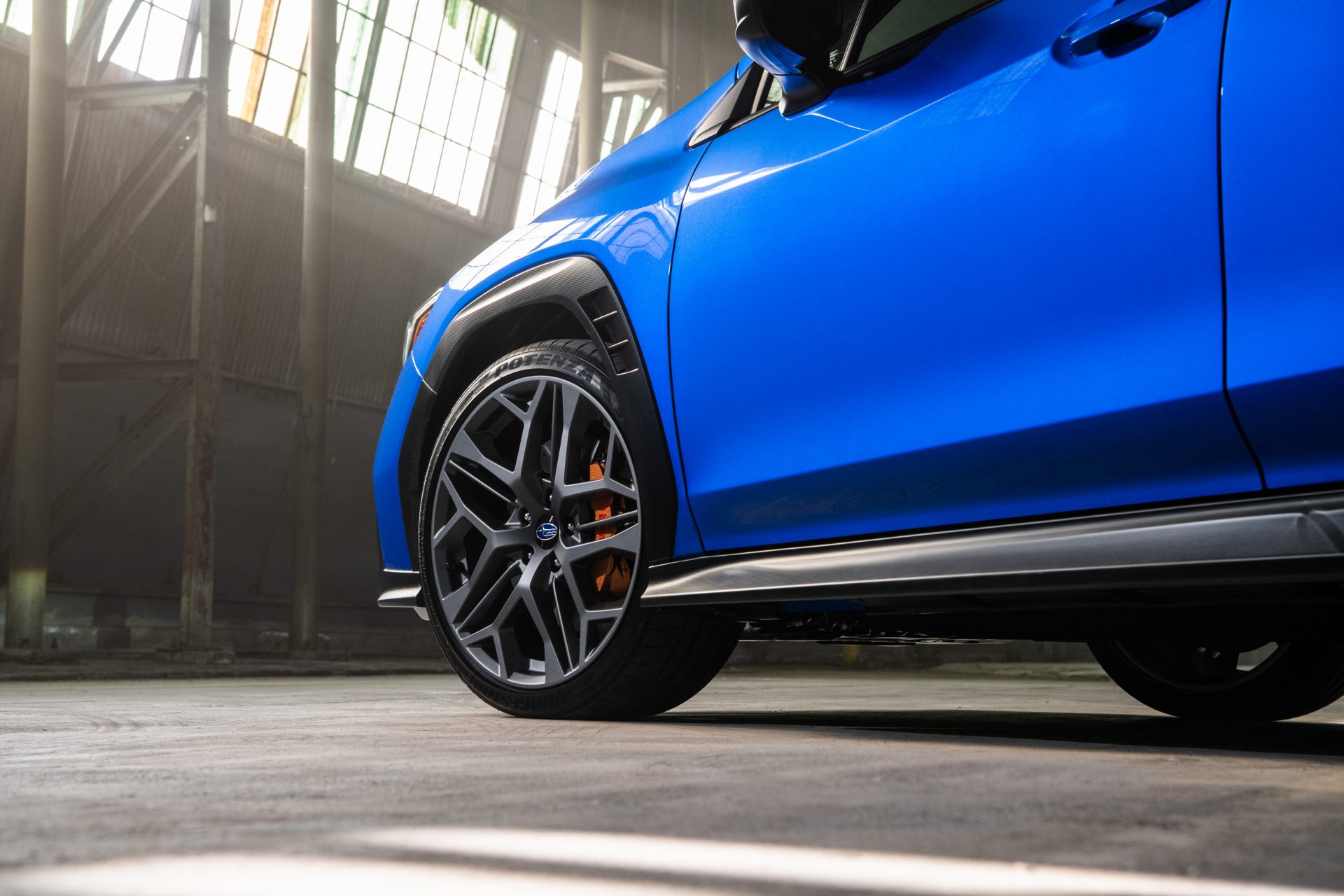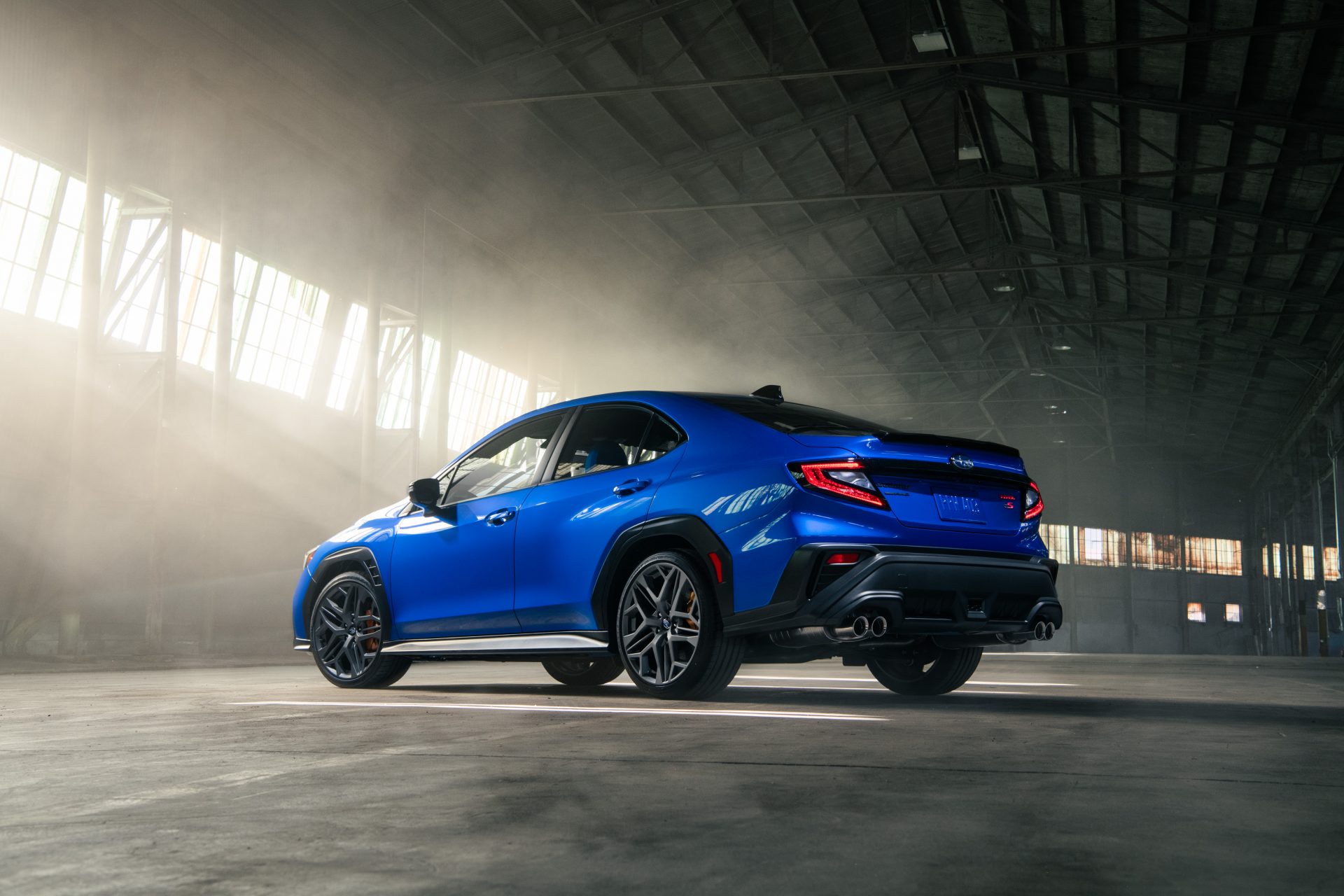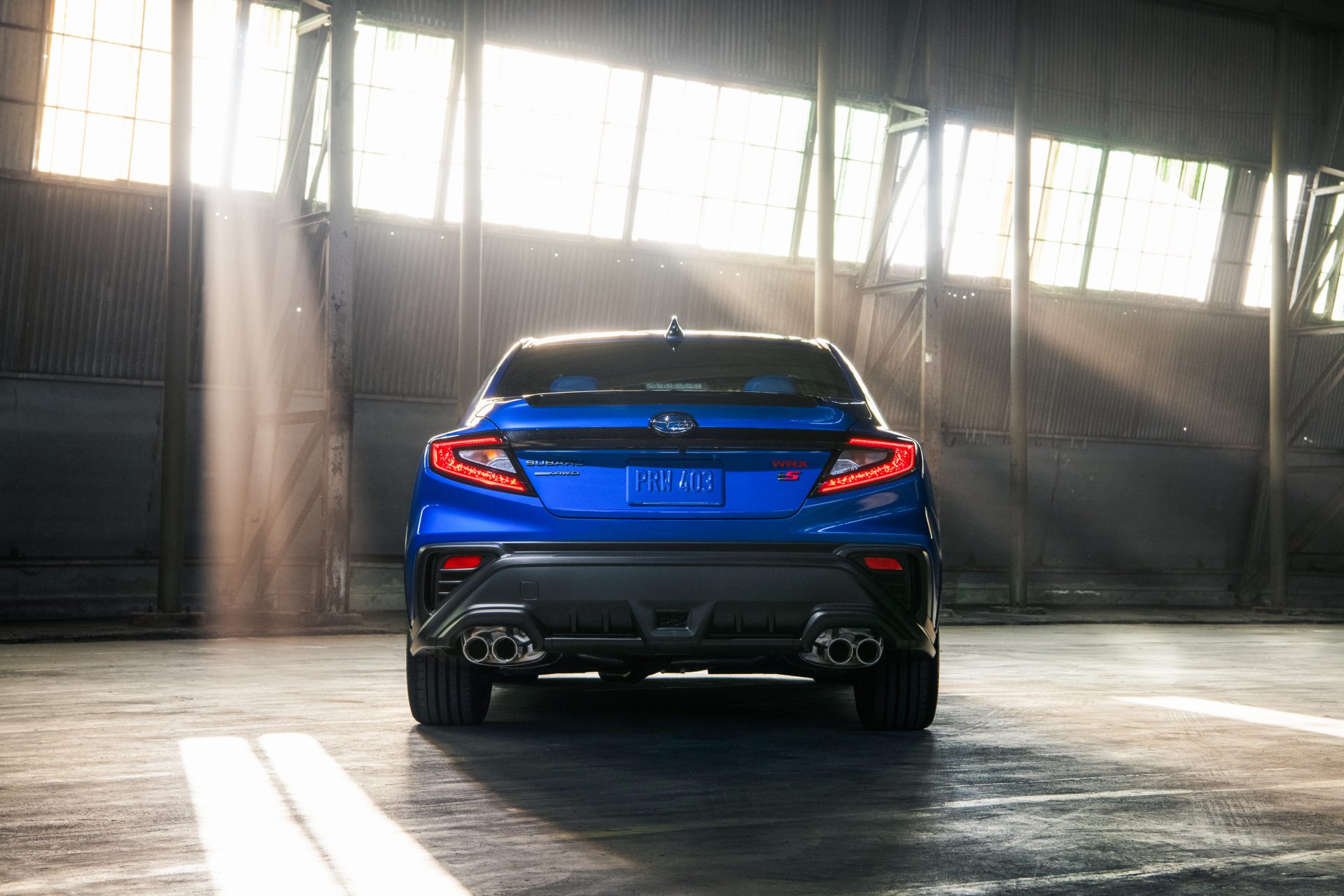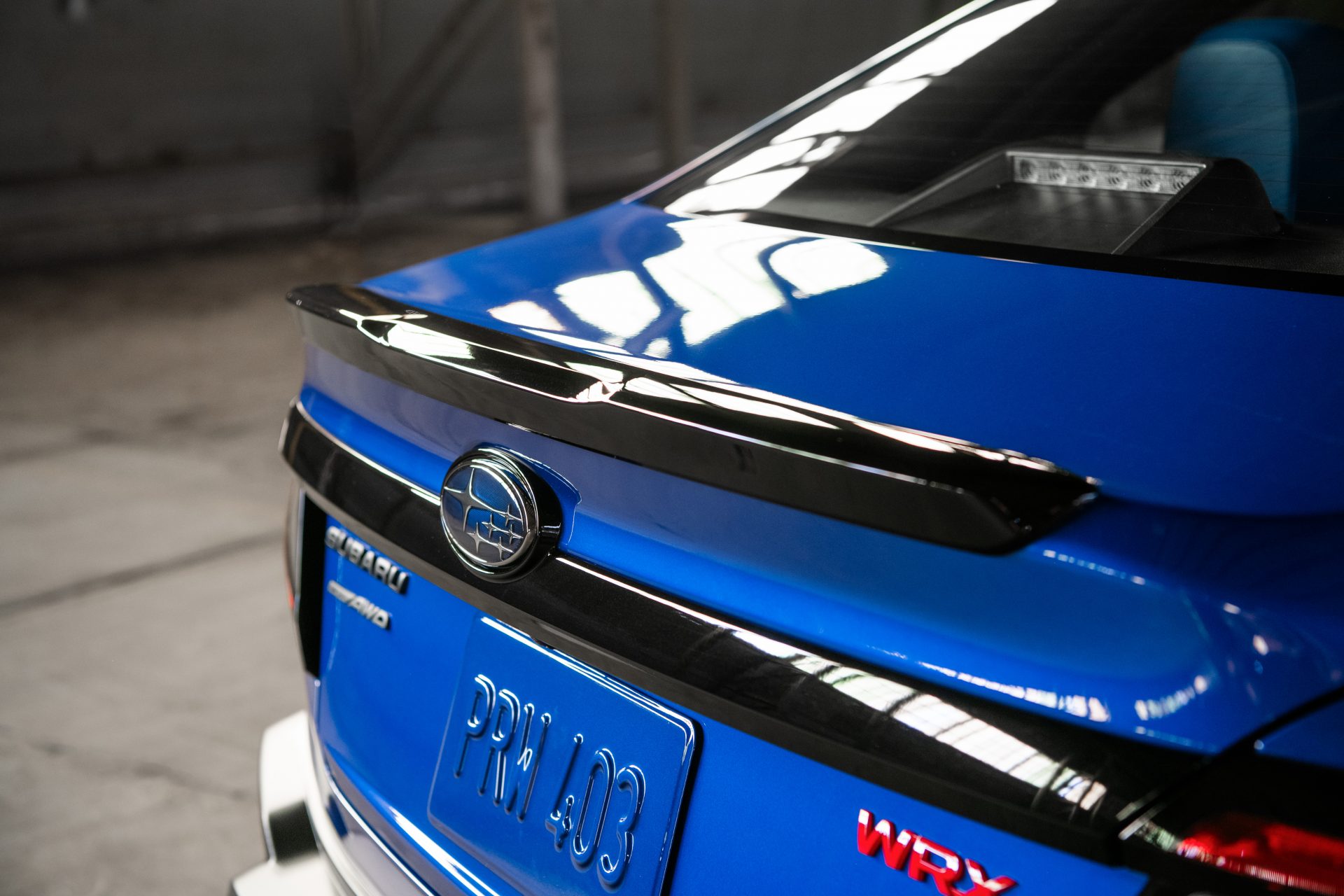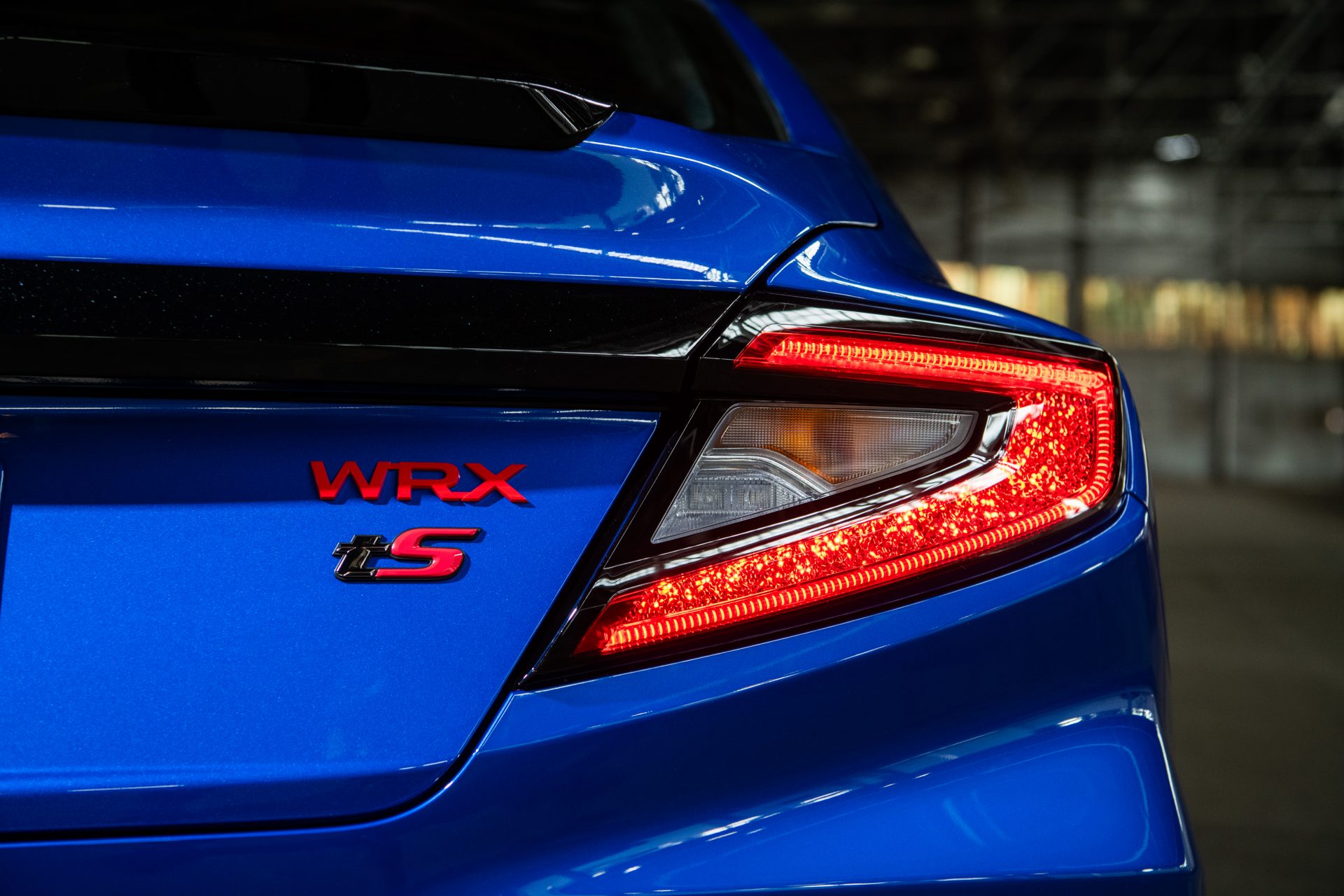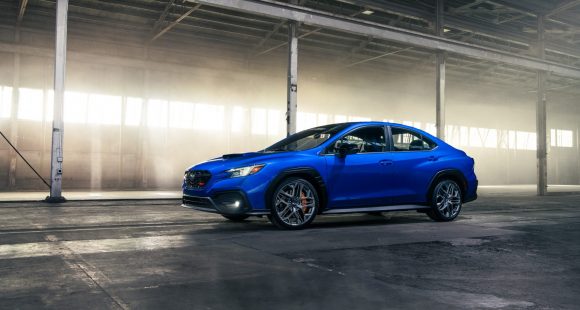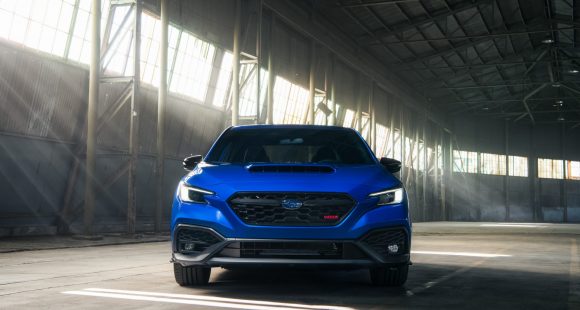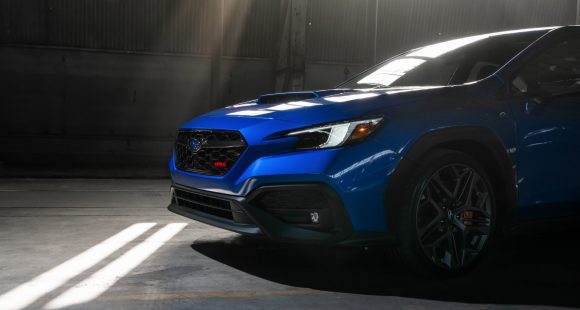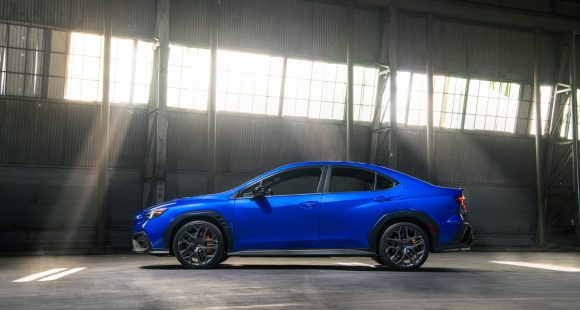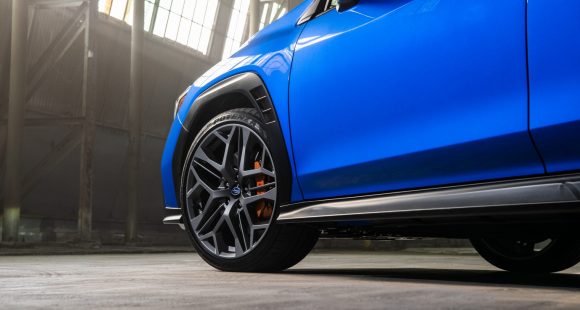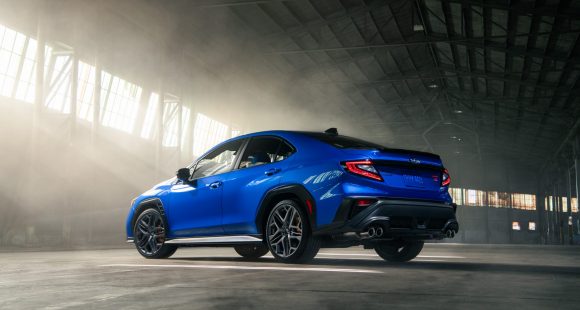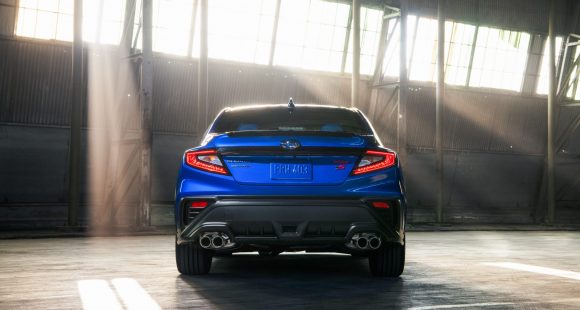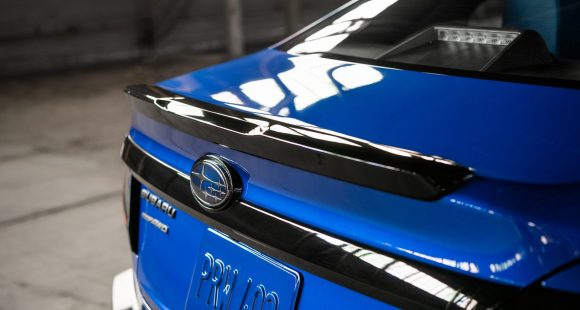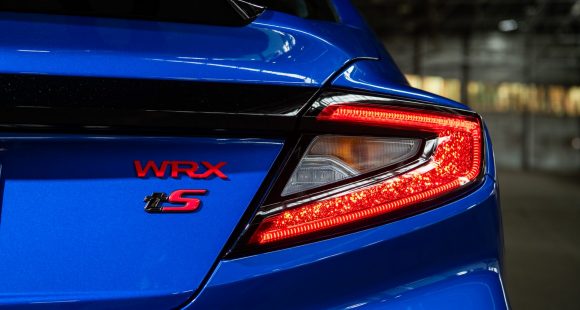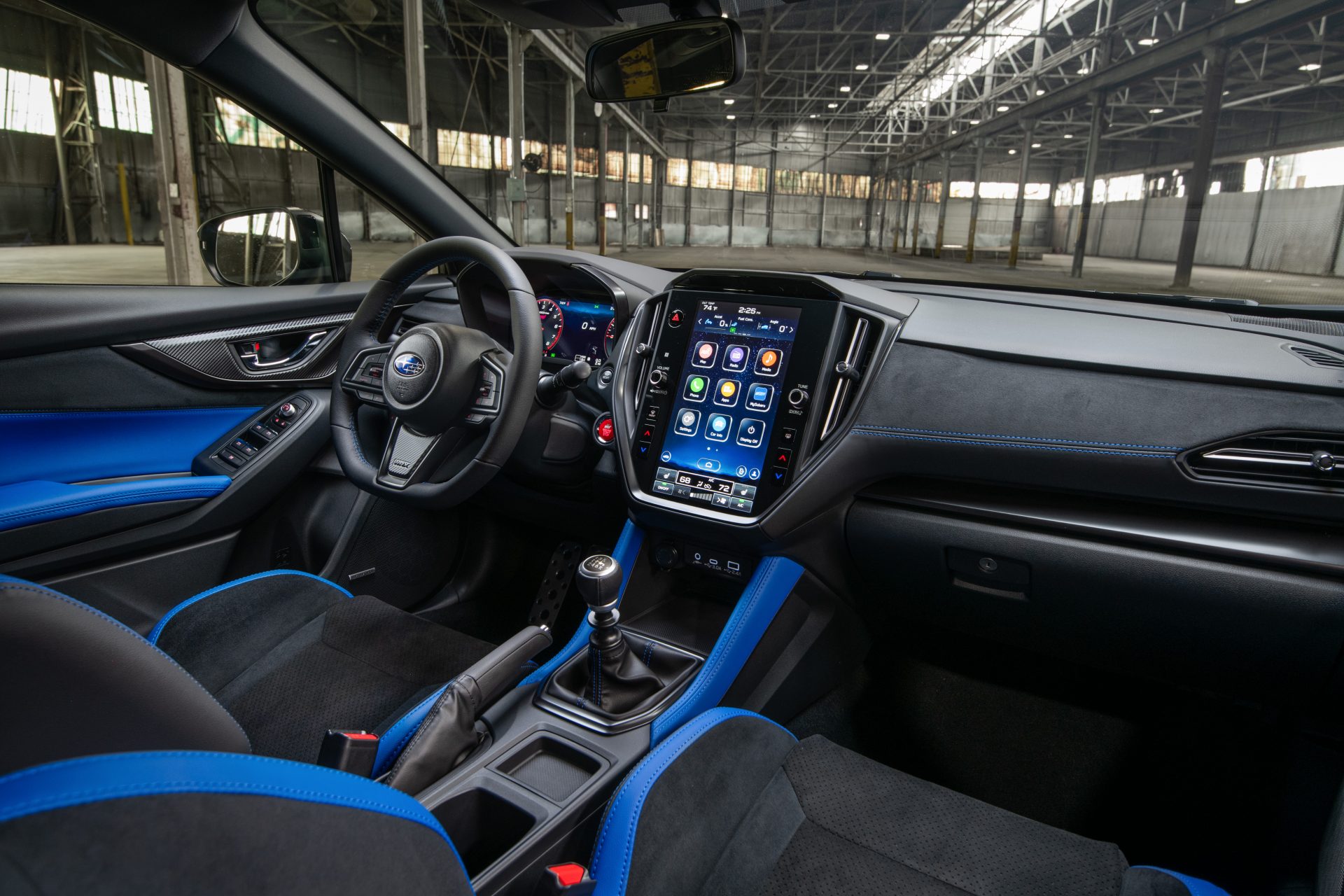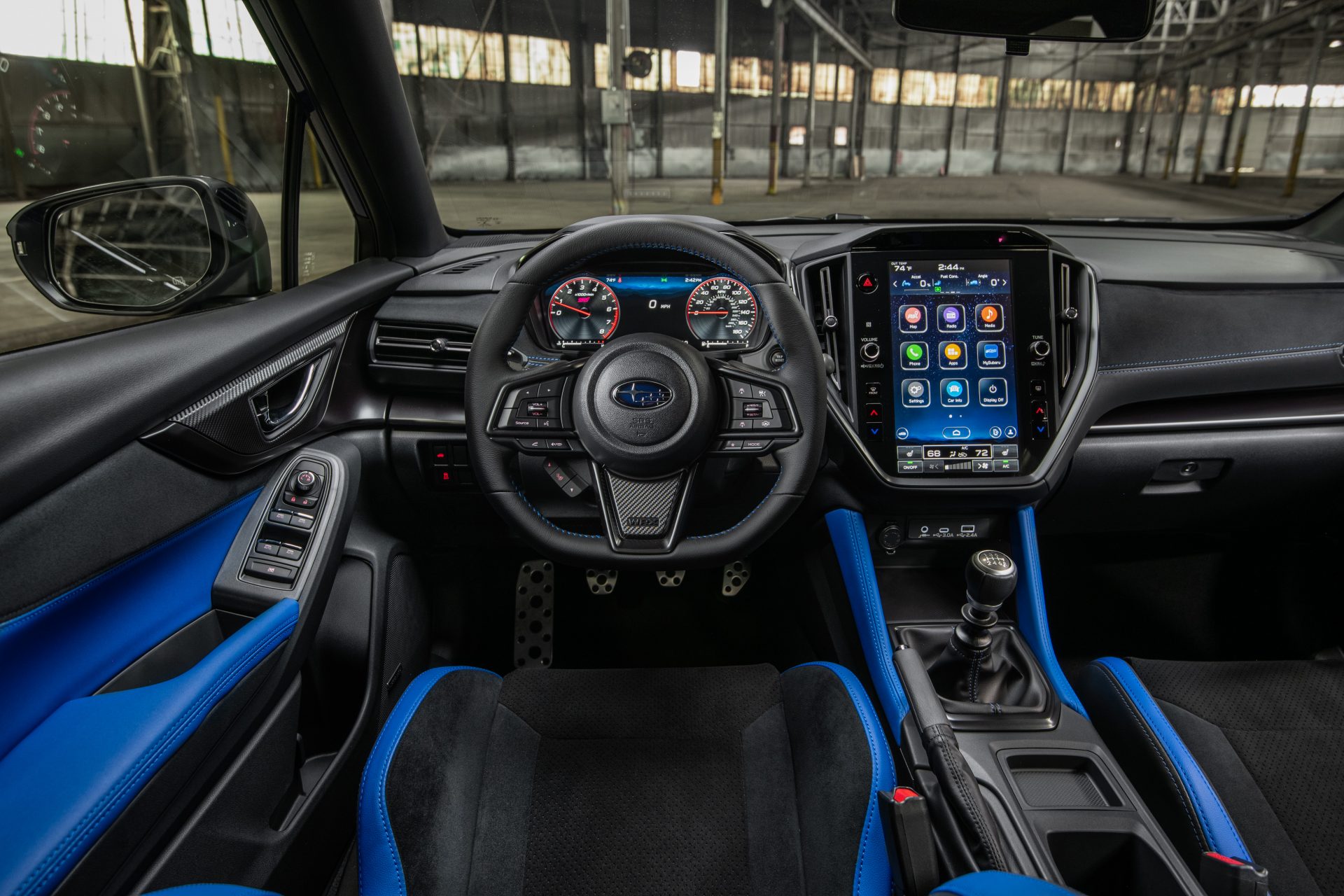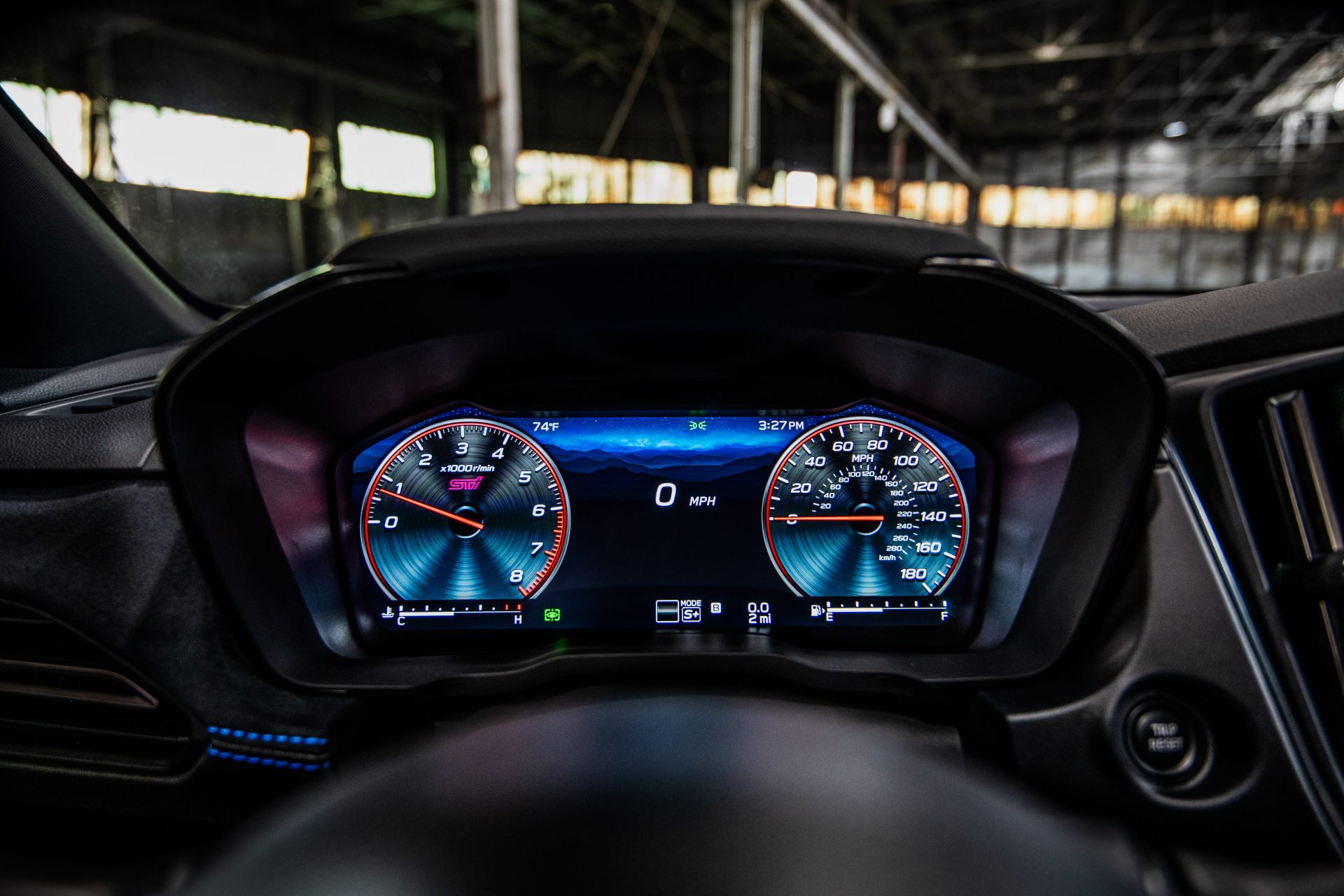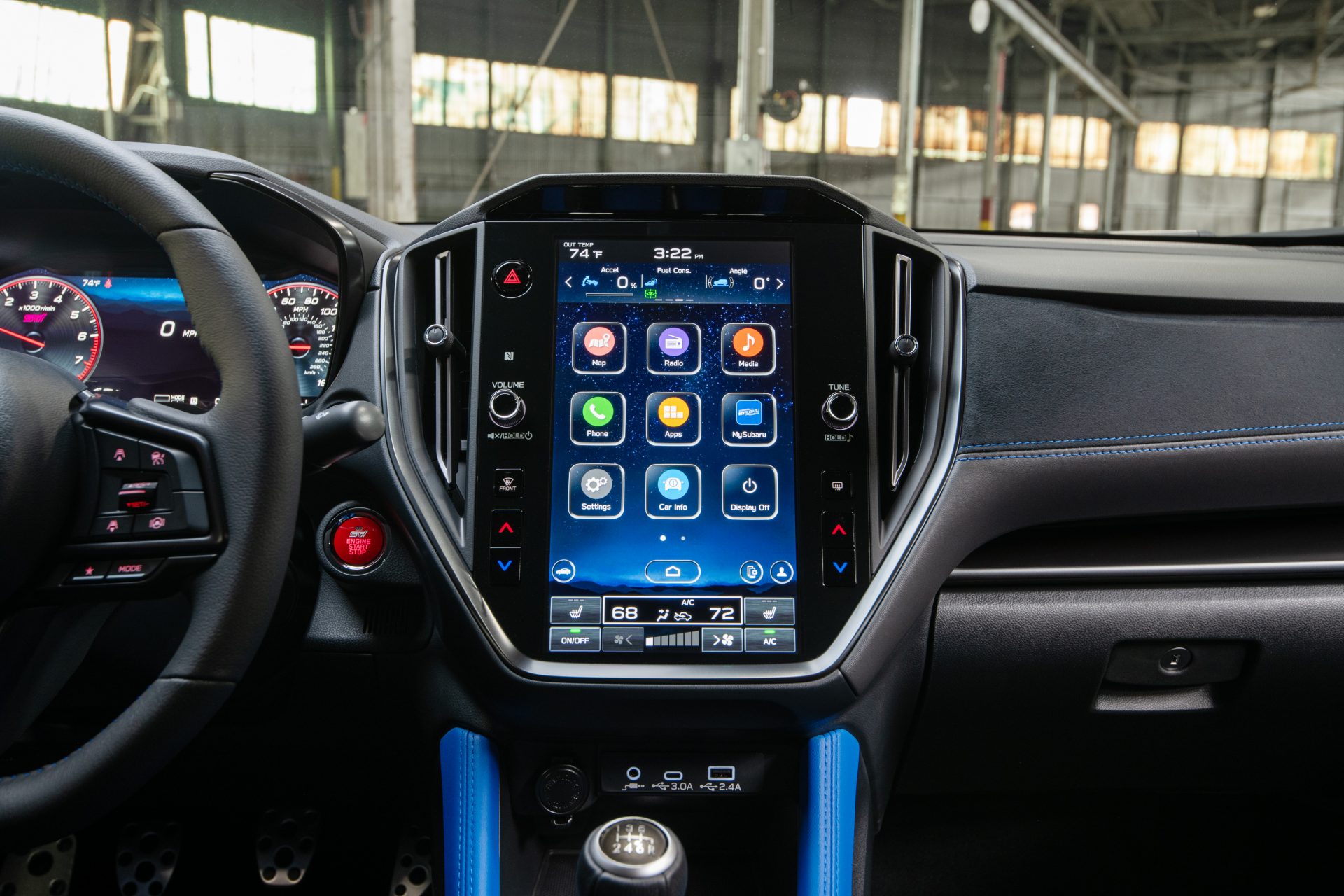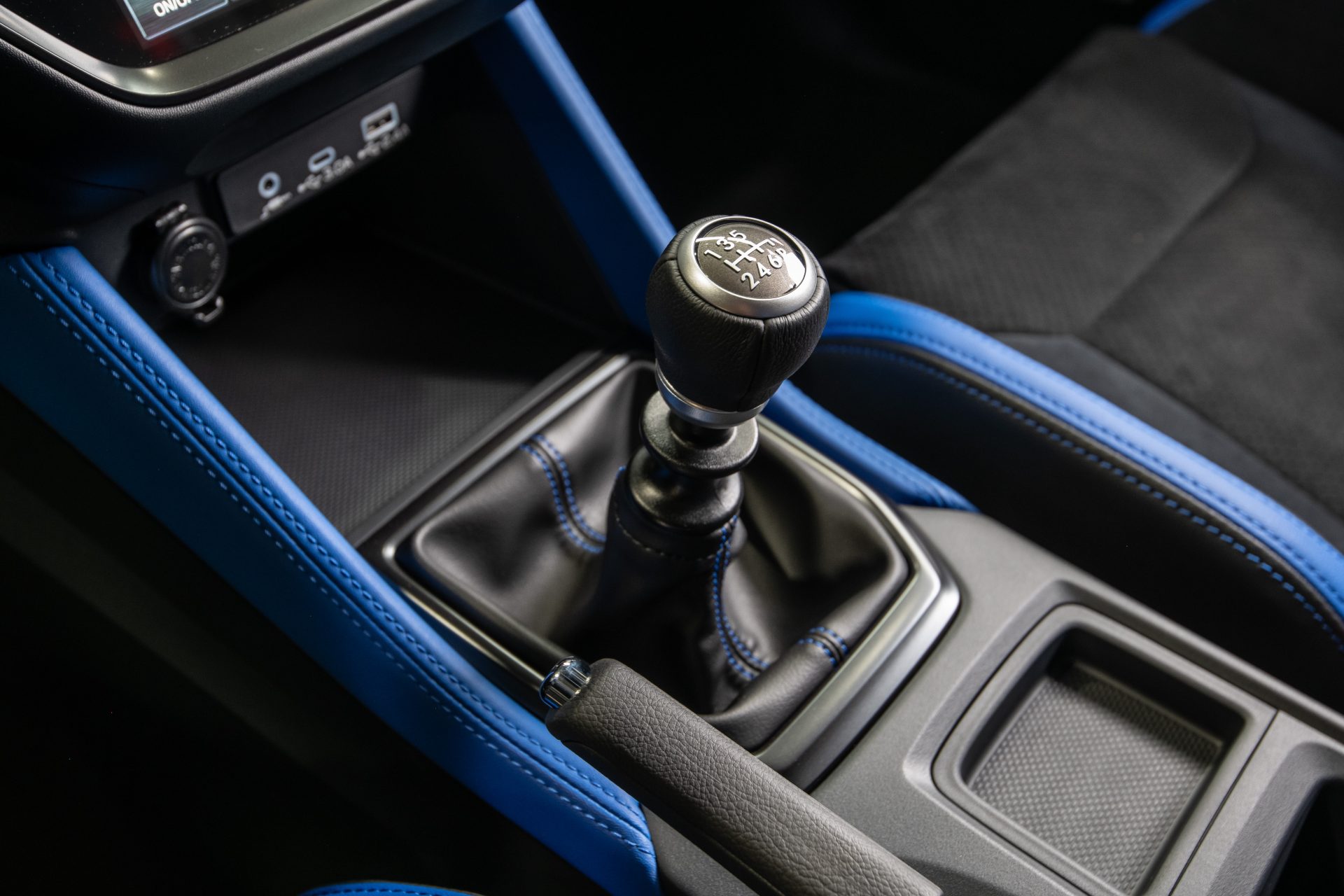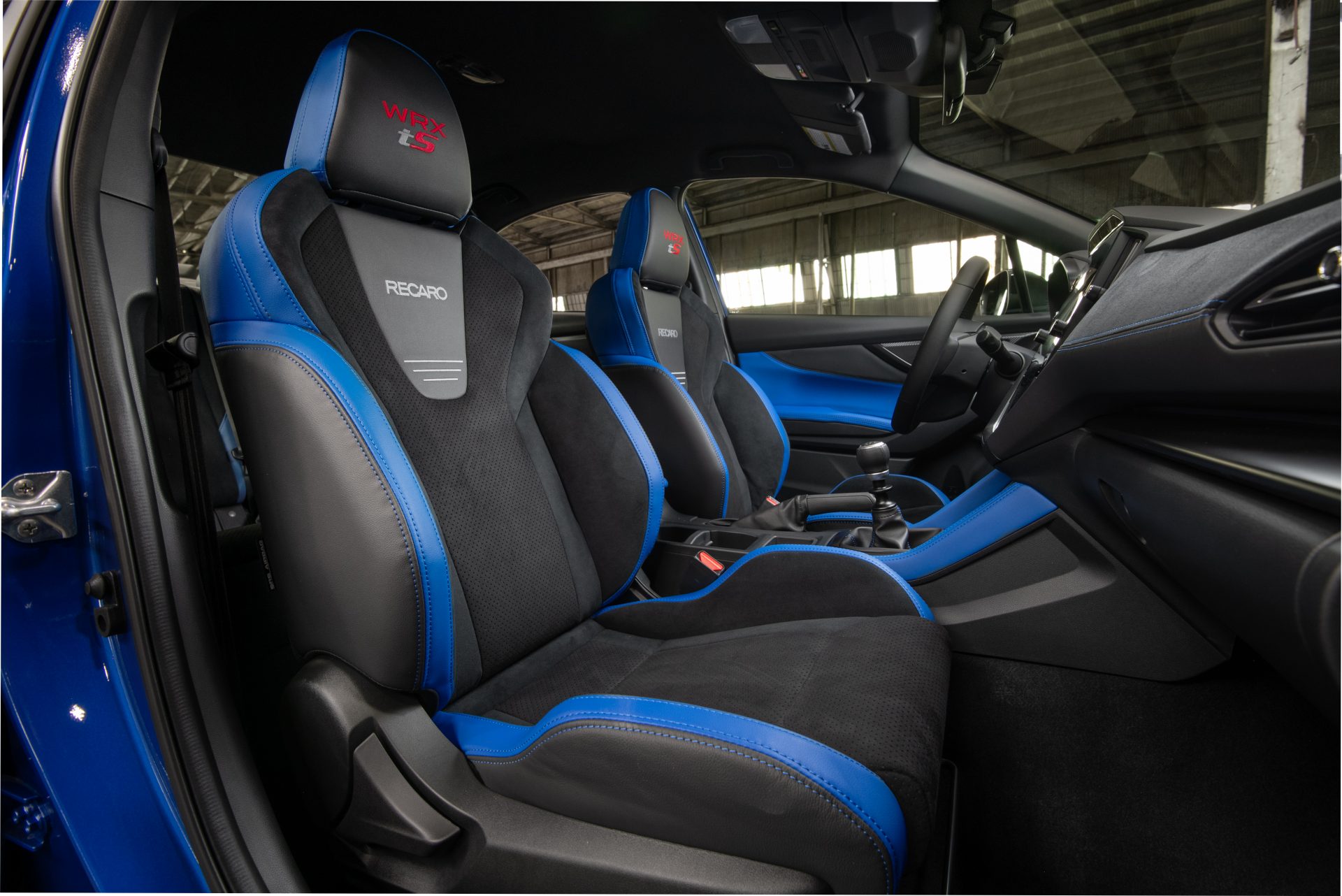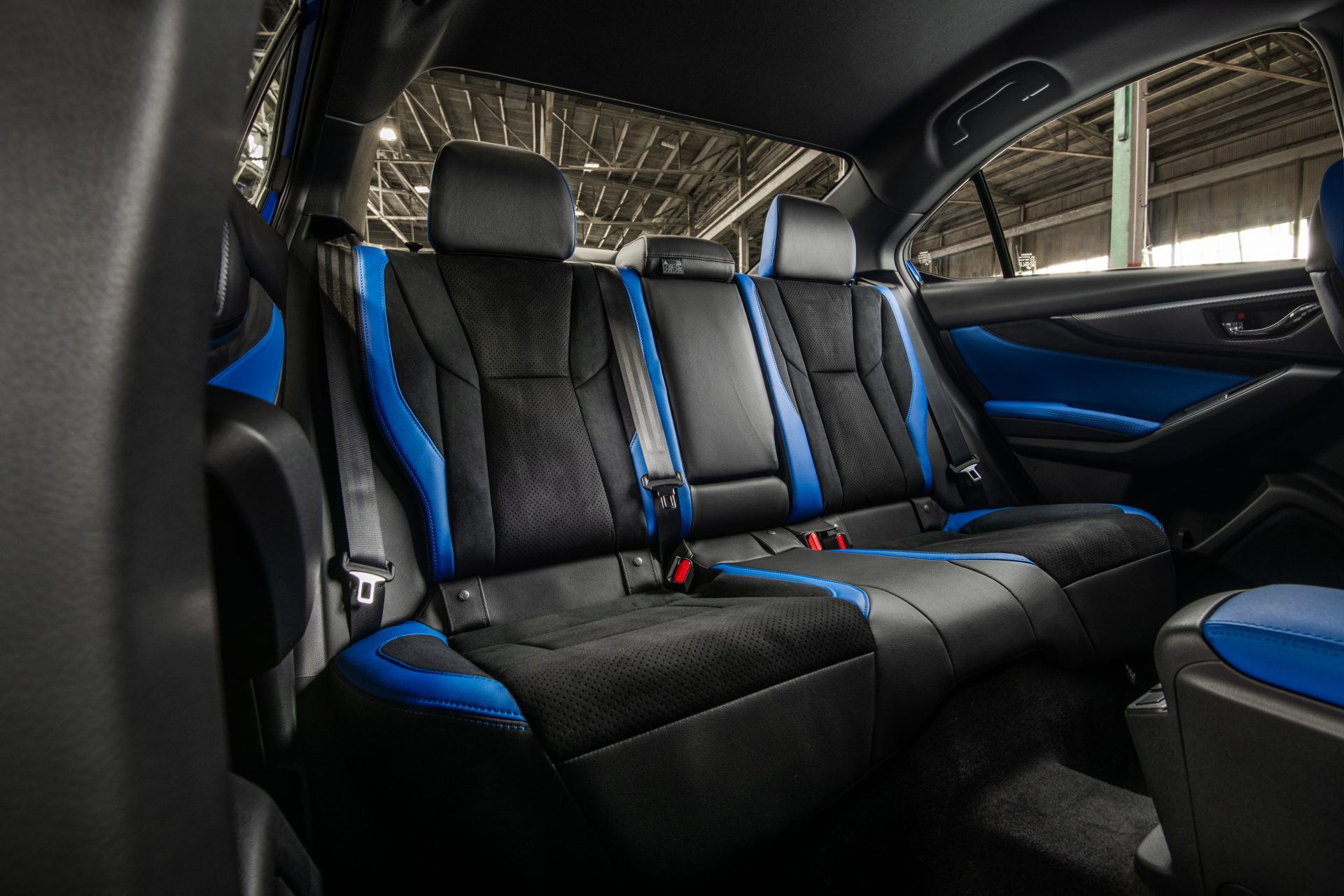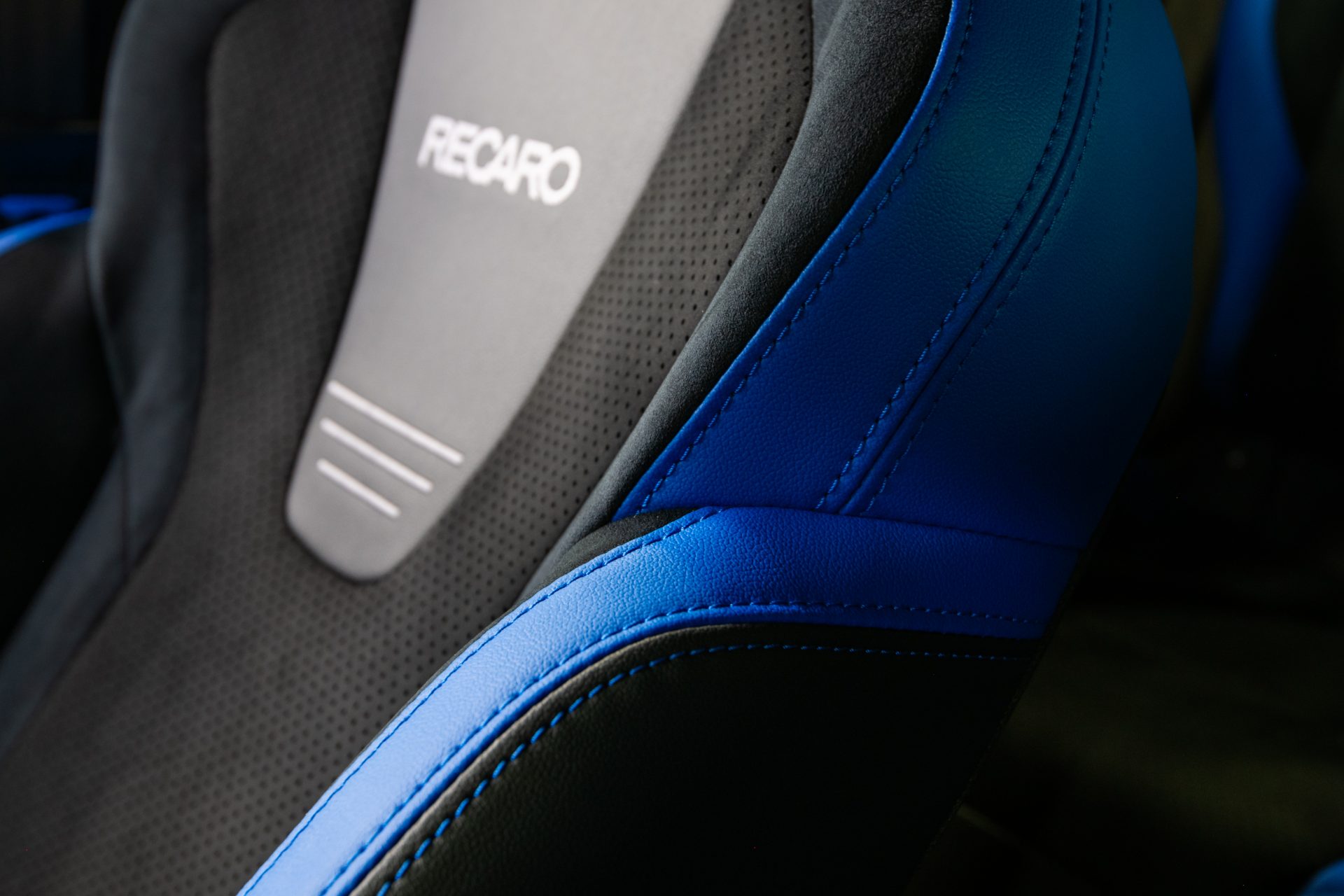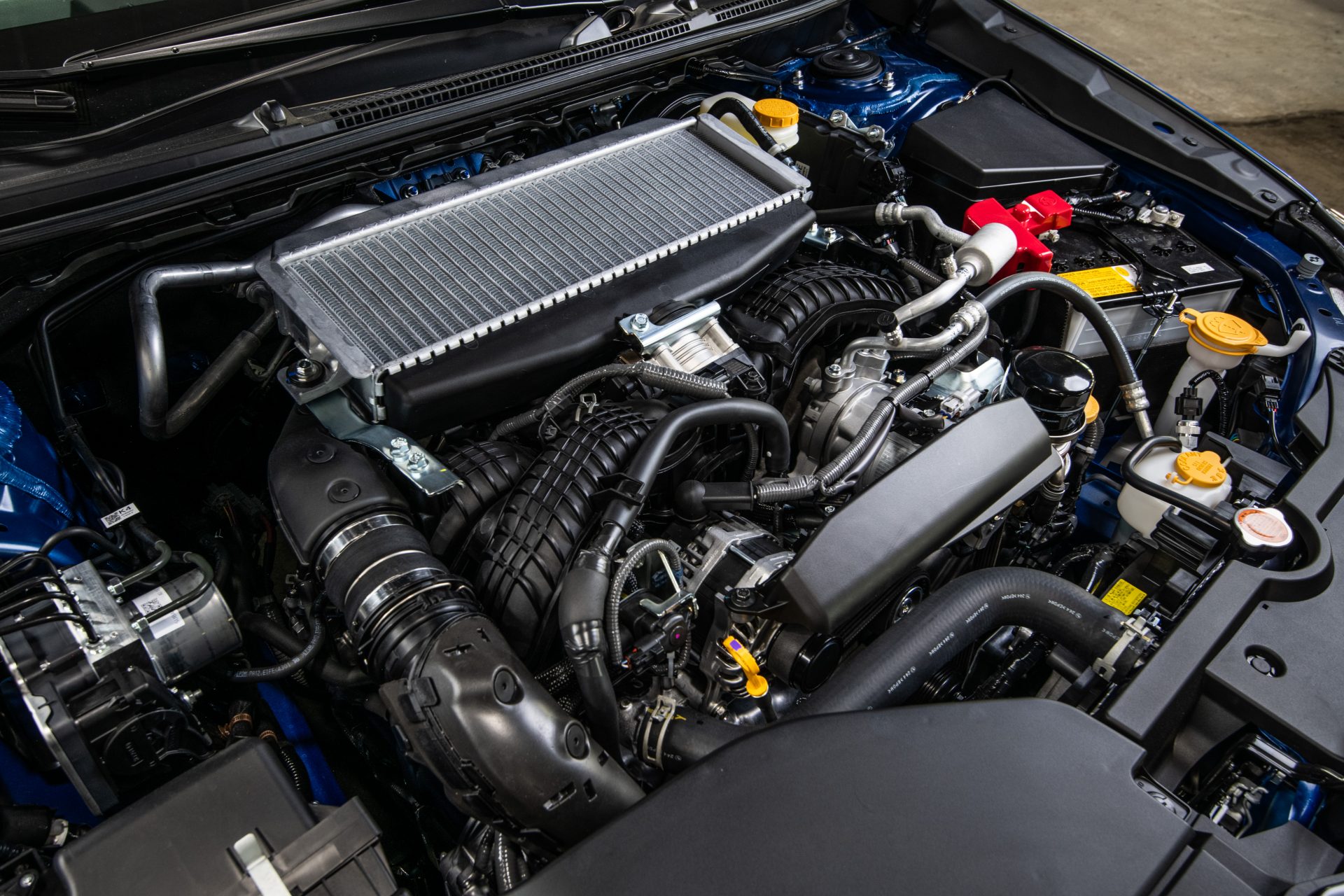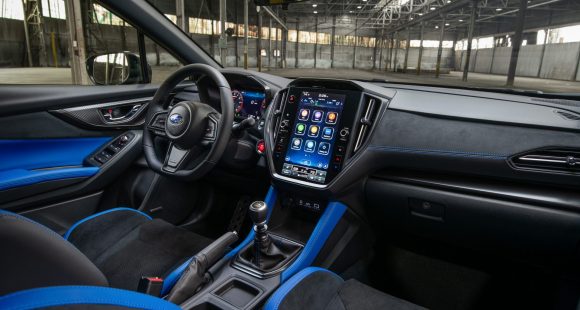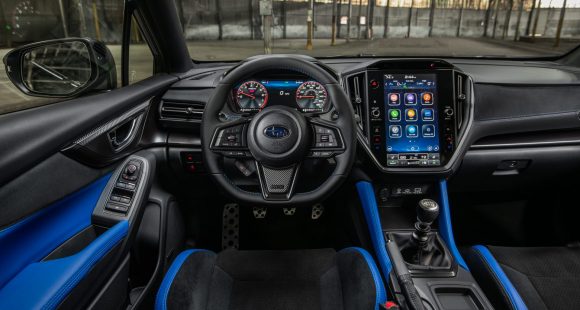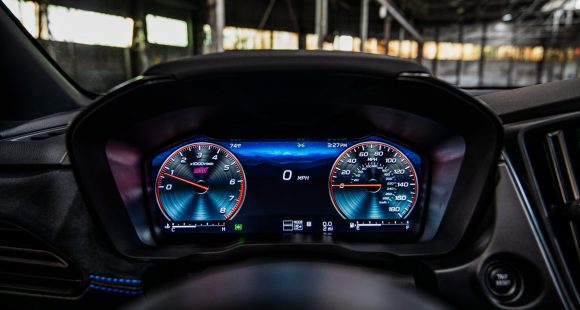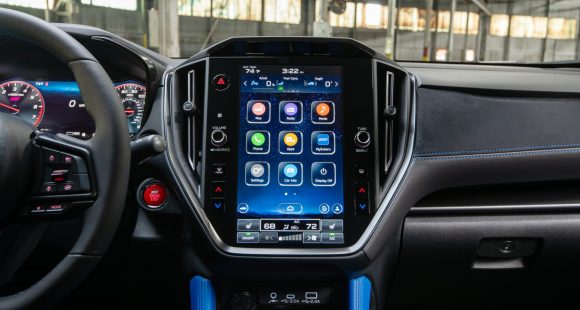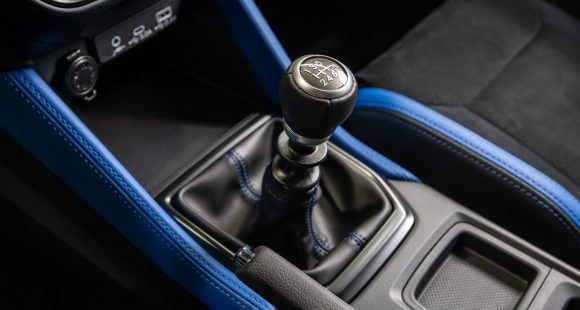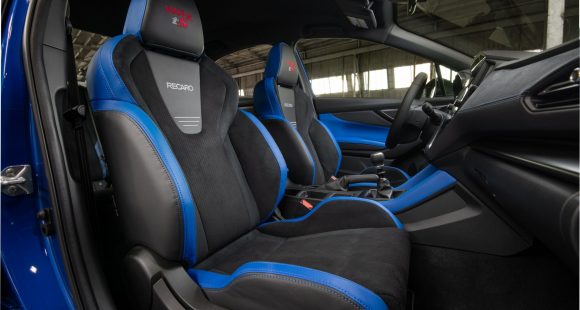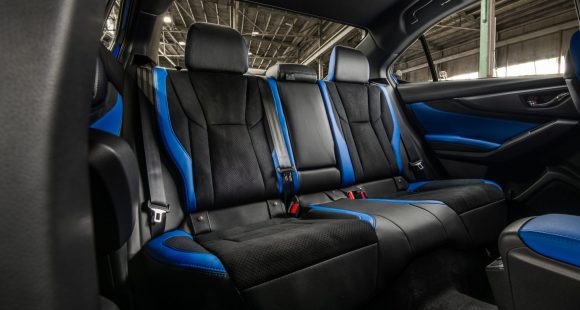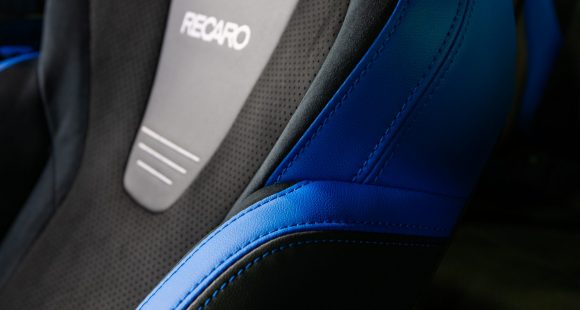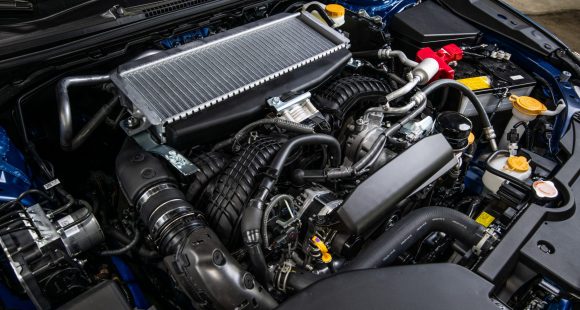2010 Cadillac CTS Sport Wagon
For almost a decade, Cadillac has been on a mission to change its image from mature-posh to Euro-chic. Their main weapon has been the mid-size CTS sedan. Well, with the CTS now firmly rooted as the best sport sedan ever made by an American brand, it’s time for Cadillac to do what a European brand would do, and build on success. This is the CTS Sportwagon-and it’s not just a way to get groceries fast!
The second generation Cadillac CTS bowed for 2008 with classic European sport sedan proportions and the most pleasing rendition yet of Cadillac’s angular “Art & Science” design language. That language is now extended to the 2010 CTS Sport Wagon. Riding on the same 113.4-inch wheelbase, the 5-door is in fact a third of an inch shorter overall than the 4-door at 191.3 inches.
The CTS’ big, confident grille, headlights, and tasteful fender ports carry over unchanged from the sedan. But the Wagon’s chrome-rimmed greenhouse gives its flanks a sporty, going-fast-standing-still character that is distinct from the sedan’s, jetting rearward into a substantial D-pillar. Angular vertical taillights rise above a near flush rear bumper, looking remarkably like fins. The CTS Sport Wagon grabs the pavement with low-profile rubber wrapped around 17-, 18-, or our car’s 19-inch alloy wheels.
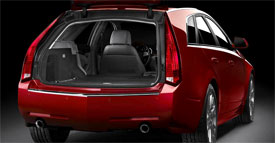 Like the sedan, the wagon’s interior is refined, sporty, and luxurious. The CTS has the richest interior design yet from GM. The big, serious motorcycle-style gauges remain, as does the tilt/telescoping wheel. Sophisticated center stack controls continue to fall pleasantly to hand. OnStar is standard, while optional is an 8-inch nav system with 3D imaging that rises out of the center dash. Also rising to the top is the available panoramic sunroof.
Like the sedan, the wagon’s interior is refined, sporty, and luxurious. The CTS has the richest interior design yet from GM. The big, serious motorcycle-style gauges remain, as does the tilt/telescoping wheel. Sophisticated center stack controls continue to fall pleasantly to hand. OnStar is standard, while optional is an 8-inch nav system with 3D imaging that rises out of the center dash. Also rising to the top is the available panoramic sunroof.
While BMW-like leatherette upholstery is standard, our car sported leather-trimmed buckets with French stitching. But their thin design also made them rigid and hard. Meanwhile, true to the European sport sedan and wagon formulas, rear seat legroom is tight.
But raise the standard power hatch and you’ll find a long, flat cargo floor complete with adjustable tie-down clips on rails. Pull up the floor panel and there’s hidden storage underneath. Cargo space measures 25 cubic feet seats up, with a center pass-through for long, skinny items. Folding the 60/40 rear seats yield a cavernous 53.4 cubic feet. That’s almost four times the CTS sedan’s trunk space.
A new all-aluminum 3.0-liter, 270-horsepower direct-injected V6 replaces the CTS’ previous base 3.6-liter port-fuel-injected V6. The new engine has both more power and higher fuel economy. Optional is our car’s direct-injected 3.6-liter V6, with the same stout 304 horsepower and 273 pound-feet of torque as the sedan.
Government fuel economy ratings for the rear drive 3.6-liter Sport Wagon are 18 city, 26 highway on regular gas, but all we managed was a rather disappointing 19.2 miles per gallon in mixed driving. The CTS’ Energy Impact Score of 16.3 barrels of oil a year and 8.7-ton Carbon Footprint match the Audi A6 Avant’s scores exactly.
A six-speed automatic with available paddle shifters is the Sport Wagon’s sole transmission. All-wheel-drive is also an option on the wagon, but ours invested all of its powers in the rear wheels with a limited-slip differential.
At the track, the Sport Wagon jogged to 60 in 7.2 seconds and through the quarter mile in 15.5 seconds at 93 miles per hour. Slow, deliberate shifts softened power delivery.
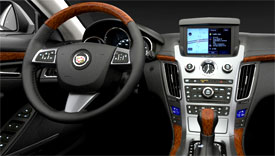 Vented disc brakes with ABS and Brake Assist reside at each corner. They ground out average stops of 112 feet from 60 to 0, which is outstanding. Braking is a much sportier experience than acceleration, with fine stability, but more-than-expected nose dive.
Vented disc brakes with ABS and Brake Assist reside at each corner. They ground out average stops of 112 feet from 60 to 0, which is outstanding. Braking is a much sportier experience than acceleration, with fine stability, but more-than-expected nose dive.
Handling prowess depends on your choice of three suspension setups. The softest is designated FE1, which delivers a more traditional Cadillac ride. FE2 is significantly sportier, while the aggressive FE3 with load leveling is the stiffest. It transmits every road ripple back to the driver, but also delivers ultra-sharp handing that rivals Europe’s best.
Pricing for the CTS Sport Wagon starts at $40,655. All-wheel drive adds $1,900 more. Add the bigger engine, Nav, and sunroof and you’re well over 50 grand.
The 2010 Cadillac CTS Sport Wagon offers great style and serious versatility, yet retains all the athletic prowess of the CTS Sedan. That’s an impressive resume for any car of any shape, and it’s another step towards Cadillac emulating the best luxury sport brands from Europe. While many enthusiasts will resist any sporty car with a square back, the CTS Sport Wagon really is having your sport sedan and room for a wedding cake too.
Specifications
- Engine: Direct-injected 3.6-Liter V6
- Horsepower: 304
- Torque: 273 Lb Feet
- 0-60 MPH: 7.2 Seconds
- 1/4 Mile: 15.5 Seconds @ 93 MPH
- 60-0 MPH: 112 Feet
- EPA: 18 MPG City/ 26 MPG Highway
- Mixed Loop: 19.2 MPG
- Energy Impact: 16.3 Barrels Oil/Yr
- CO2 Emissions: 8.7 Tons/Yr
2025 Subaru WRX tS
Subaru’s “World Rally eXperimental” Gets Tecnica-Tuned Tech
Building on its global rally heritage, WRX has been a standalone Subaru nameplate, marketed separately from garden variety Impreza, for two generations now. And while the current WRX still lacks the full STI treatment, this WRX tS serves up some of that high-performance spice we’ve been longing for.
Before we go flat out into our Track Test of this 2025 Subaru WRX tS, lets open the Subaru dictionary so we’re all on the same page. “tS” stands for “tuned by STI;” and “STI” is an acronym for “Subaru Tecnica International,” the brand’s high-performance sub-group best known for upgrading the WRX— oh, that stands for “World Rally eXperimental,” in case you didn’t know.
All that said, STI has been largely dormant for this WRX generation, but this tS sprinkles more of their engineering magic into the mix. No, that doesn’t mean extra power, but does mean significant chassis-related improvements.
First, electronically controlled dampers, adjustable through the 11.6-inch tablet-style infotainment screen. That meant a softer “comfort” mode on the 10+ hour commute to and from Savannah’s Roebling Road Raceway. But once we were there, it was the firmer “Sport+” setting all the way, heightening response from the WRX’s throttle and already quick dual-pinion power steering system. There’s still some body roll for rally-esque weight transfer, but it’s well sorted and provides the “toss-ability” you want in a WRX.
Though if you do autocross your tS, which we implore you to do, you might feel the six-piston front, two-piston rear Brembo brakes first. The bite is strong, giving good rotation in the corners and plenty of “halt” for this 3,400 lb. compact with minimal fade, keeping us on track all week…until some unfortunate winter weather passed overhead. No worries here, as Subaru’s Symmetrical All-Wheel-Drive system got us to the track for some powdered deserts: Frosted donuts served up Michelin style, a set of winter tires different from the grippy Bridgestone Potenza S007 rubber the tS typically rides on. Some prior hot laps of California’s Sonoma Raceway gave credence to those Bridgestones, and showed us what this hot-compact can do in ideal conditions.
It’s well sorted and provides the “toss-ability” you want in a WRX.
Other tS enhancements are cabin-based, namely these beautiful blue Recaros. Most of our staff appreciated their moderately-aggressive bolstering on both street and track. And they’re even heated, too. Another tS-only appointment is this 12.3-inch digital gauge display. It mimics the standard analog gauges with some additional info, but can switch to a navigation mode for more convenient route guidance.
We do wish our tS came in the new Galaxy Purple or the trademark World Rally Blue, but this Crystal White paint wasn’t too shabby, contrasting its Cherry Blossom Red badging and blacked-out lip spoiler. Otherwise, the tS is like any other WRX, down to the hood scoop funneling air to the top-mounted intercooler.
Underneath is the same turbocharged 2.4-liter flat-four in all other trims, boxing at 271 horsepower and 258 lb-ft of torque. The freak winter weather stopped straight-line testing, but a 0-60 time estimate of 5.5 seconds is about as spry as you realistically need, pulling strong through most of the tach; though the 6,000 RPM redline required attentive shifting of the six-speed box, which the tS comes exclusively with. The throws are precise, if a little long, and the clutch is wonderfully weighted.
With discontinuation of the Base trim, pricing for the WRX now starts with Premium at $36,920. The tS is at the top of the lineup with the automatic-only GT, both starting at $46,875. All WRXs continue to be made in Gunma, Japan.
If you’re an enthusiast itching to do the tuning yourself, perhaps the 2025 Subaru WRX tS is not for you. But if you want a plug-and-play experience, this is it. While it won’t exactly bestow the loose-cannon, top-level driving skills exhibited by famous WRC drivers upon you, the tS moves this WRX’s game in a direction we’ve so desperately wanted Subaru to take.
Specifications
As Tested
- Engine: 2.4-liter flat-four
- Tranmission: 6-speed manual
- Horsepower: 271
- Torque: 258 lb-ft







